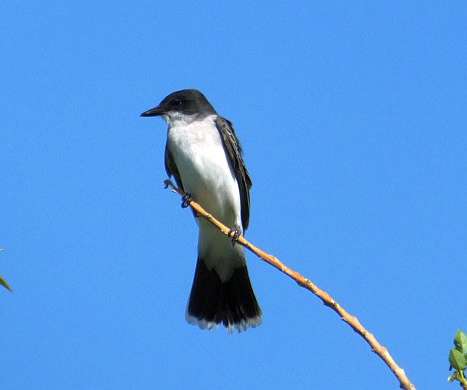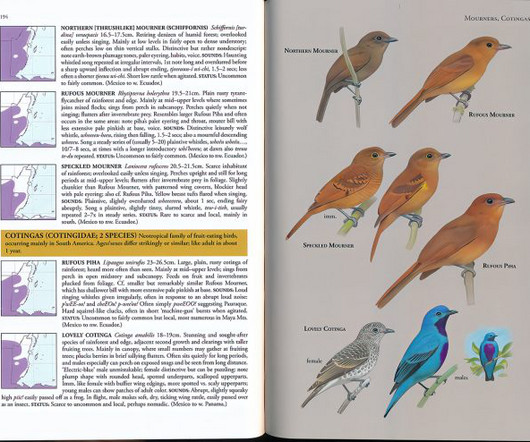Millions of Red-eyed Vireos, Eastern Kingbirds, Chimney Swifts in Costa Rica- All Heading North
10,000 Birds
APRIL 10, 2021
Many Red-eyed Vireos have seen Harpy Eagles , have kept still upon hearing the haunting calls of forest-falcons. I’m sure quite a number just keep on going through the tropical night sky, find their way to woods in Nicaragua or further north but a good number do indeed stop in Costa Rica, go birding there now and you will see them.












Let's personalize your content